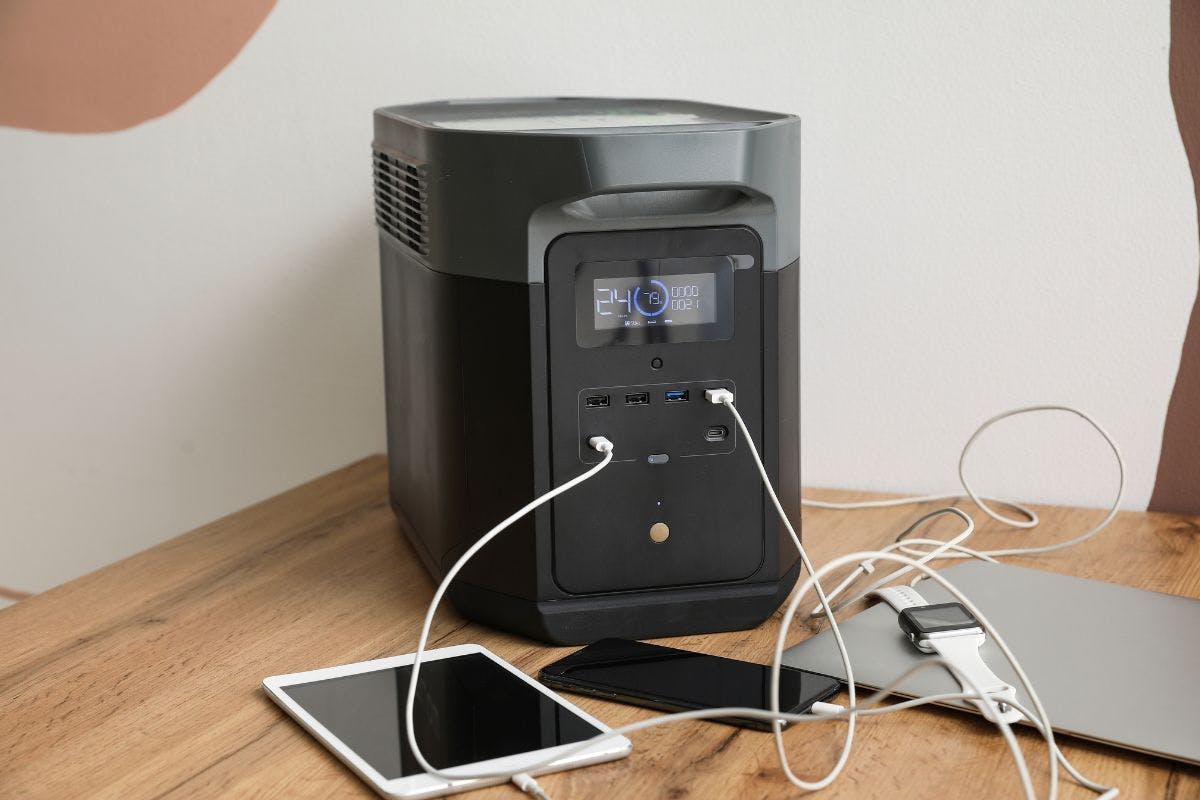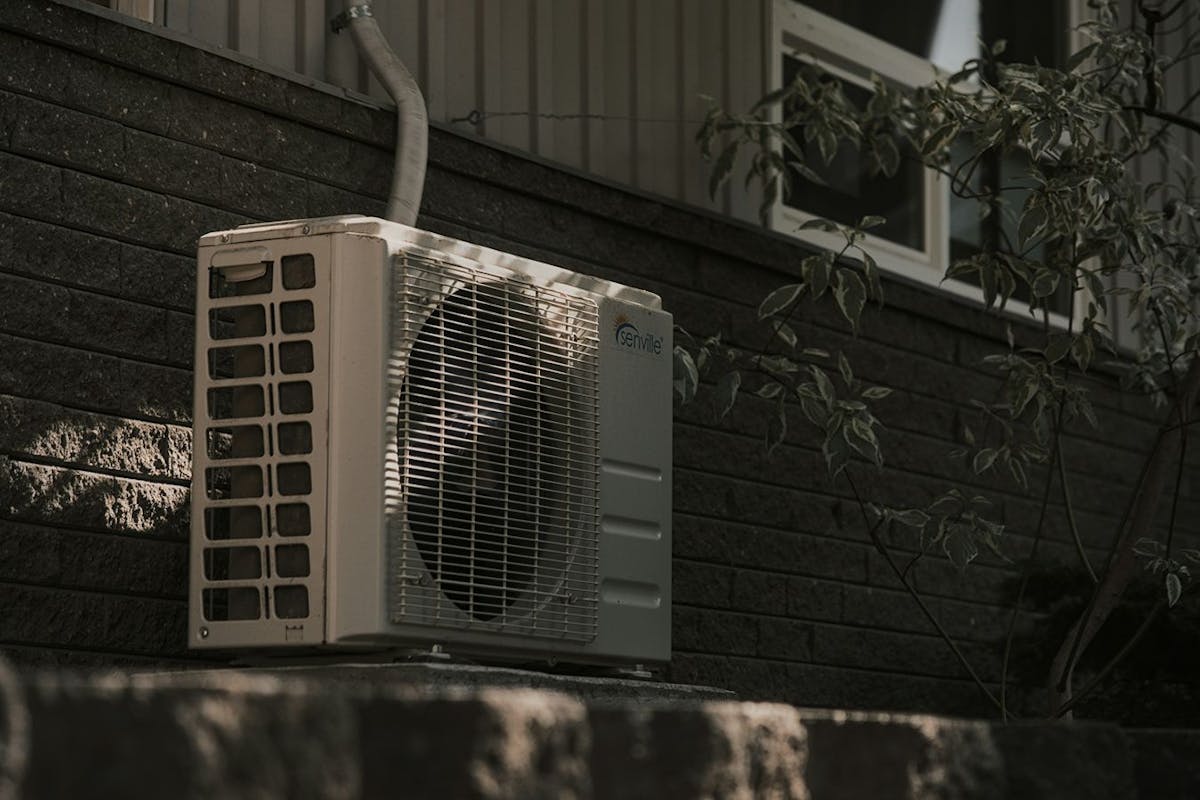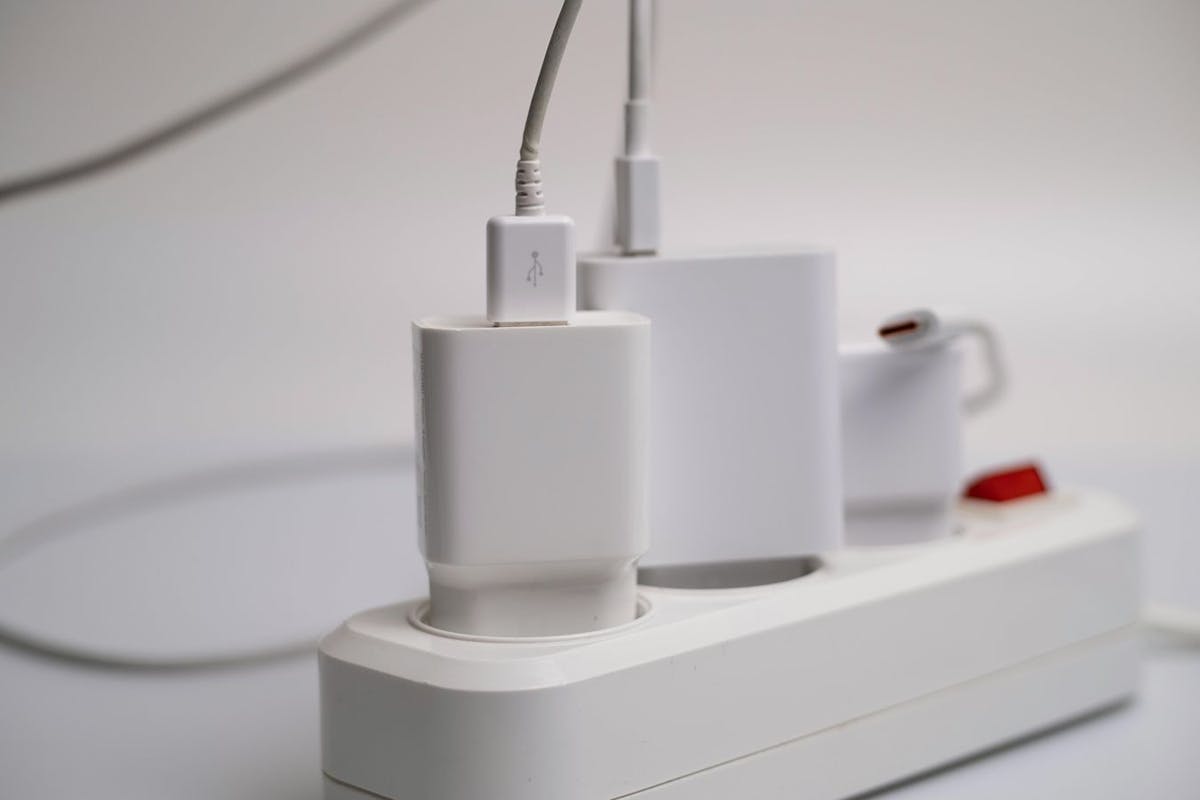Portable Power Stations Guide
Last edited

Author
Andrew Giermak
Solar and Electrification Writer and Editor

Editor
Andrew Blok
Electrification and Solar Writer and Editor

A backup power source can be a critical addition to your home. A portable power station is a battery that can charge with energy from home solar panels, smaller portable solar panels, a regular wall outlet, or a vehicle. It can power important appliances, medical devices, or speakers.
Whether critical or just for fun, a portable power station can fit a number of uses where an easy-to-use power source would really help.
See how much you can save with home energy changes
What Is a Portable Power Station?
A portable power station is a rechargeable, battery-powered device. It's lightweight and easy to transport, making it ideal for emergencies, recreation, or any situation where you need power. This user-friendly device is rechargeable via free and renewable solar power, a vehicle's power outlet, or a standard AC electrical outlet.
With a portable power station, you gain a rechargeable power source for camping trips, tailgating, power outages, or travel.
Benefits of a Portable Power Station
Portable power stations offer numerous benefits. Here are ways a rechargeable battery is helpful and perhaps a more fitting option than a generator and, obviously, better than no power at all.
- Reliable backup power: You'll have electricity during a blackout. While one portable power station likely can't power your entire home, it can be excellent for essentials like phones, medical devices, a small refrigerator, and lights.
- Rechargeable: A gas generator is useful and can provide more power for larger appliances or systems, but its operation depends on having a fuel supply. In contrast, you can recharge a portable power station's battery using solar power, a car's 12V outlet, or a standard AC electrical outlet (if power is available).
- Clean energy: When you charge a portable power station with solar panels, it acts as a solar battery. You can run a portable power station anywhere without exhaust or the safety concerns of carbon monoxide.
- Quiet: A portable power station is nearly silent.
- Convenient: A portable power station is lightweight, and you don't have to carry fuel. You can use it in spaces like a tent, car, RV, or home.
- Cost effective: A portable power station is very cost-effective, especially in the long run. You won't have to buy or transport fuel. With a solar power station, recharging can be completely free. Maintenance is also easier; it has no mechanized parts, oil to change, or mechanical wear like a generator.
Important Features
Different people have different uses and needs for a portable power station, from preparing for an emergency to preparing for a tailgate party. Here are the main features to consider.
- Capacity: Battery capacity is how much power the station can store. The higher the watt-hours (Wh) or kilowatt-hours (kWh), the longer it’ll provide power, depending on how many devices you’re powering.
| Capacity range | Suggested uses |
|---|---|
| 300Wh or less | Phones, radios, emergency uses on a trip or while camping/hiking, laptop for a short span |
| 300-1,000Wh | Longer camping/outdoor/trip needs like coolers, lights, and phones, remote work needs, medical devices, routers, modems |
| 1,000-2,500Wh | Power tools, long-term camping needs like refrigerators and larger appliances, emergency backup, sump pumps, furnace, medical devices |
- Power output: Power output refers to the maximum continuous power the station can deliver. There's also a peak wattage or surge wattage, which indicates what a station can handle during a brief power surge—for example, when a power tool's motor starts.
- Battery type: A lithium iron phosphate (LiFePO4) battery generally offers a longer lifespan, meaning more recharging cycles, but it is typically more expensive. In contrast, a lithium-ion battery is usually less expensive but has a shorter lifespan.
- Inverter type: You want a pure sine wave inverter instead of a modified sine wave. Most modern portable power stations use a pure sine wave inverter, which provides stable, safe AC power. This is best for electronics, medical devices, and any device with a microprocessor.
- Recharging type and speed: A station may work with AC (electrical outlet), solar, and/or car recharging, but may recharge faster with one kind (usually AC recharging).
- Types and number of output ports: Portable power stations can have multiple charging ports, but you want to make sure it has ports for the devices you expect to use with it.
- Intelligence and information: Portable power stations can have digital displays with recharging, capacity, and consumption information. They can also be smart or remotely-controlled devices for more control and monitoring.
- Safety features: Stations typically have a battery management system, BMS, to protect the station and battery from potential problems like overheating, overcharging, and short circuiting. The power station casing should be fire resistant.
See how much you can save with home energy changes
Charging From a Wall or Solar Panels
It's important to know how you'll usually recharge your portable power station, and then buy a station that meets your specific needs. Some stations offer simultaneous recharging, allowing you to use solar and AC power together for faster charging.
Solar panels
Portable solar panels are a convenient way to recharge a portable power station. After all, you could be miles away from the nearest electric outlet. It's also a clean and environmentally friendly solution.
Using solar power to recharge a portable power station is, first of all, free. As long as you can transport the station and a compatible solar panel, you gain energy independence, along with a system that is easy to maintain and set up.
Not only is the power clean, and not emitting greenhouse gases or increasing a carbon footprint, you won’t have fumes, odors, spills, a dirty machine, or the logistics of using gas.
Cons of using solar recharging include its dependence on weather and time of day. Solar recharging a portable power station can be slower than plugging into an AC outlet. While typically lighter and easier than carrying a generator and fuel, transporting one or more solar panels along with the power station can require some space and effort.
When considering portable solar panels, look for their weight, foldability, the power capacity you'll need, ease of setup, and compatibility with your power station.
Wall charging
Wall charging, or plugging into a regular AC electrical outlet, is the most common and fastest way to recharge.
Speed is the main benefit. Most modern portable power stations can achieve an 80% charge from empty in under an hour with wall charging. This method also offers added convenience and reliability, as you can recharge no matter the weather or time, assuming you have access to an AC outlet with power.
Potential downsides of wall charging include the need to be near an outlet and to have an active power supply (which might be an issue during an outage). Additionally, if you're using power from the utility company to recharge your portable power station, you are paying for that electricity.
Choosing the Best Portable Power Station
Knowing your needs is the first step in buying the right portable power station. Your budget, including portable solar panels if needed, is another main consideration.
From there, the battery capacity and output specifications you are looking for will be based on what you’ll be charging and the duration you expect to need power. Reputable brands such as EcoFlow, Jackery, Bluetti, Anker, Goal Zero, and Renogy have many models, features, and battery sizes with proven safety.
If you’re interested in backup power options and the potential savings with home solar panels, you can learn more with Palmetto’s solar savings calculator or see what you could save with other home energy changes.
See what home electrification can do for you:
Frequently Asked Questions
Are portable power stations worth it?
It depends on your needs and uses, but portable power stations can provide benefits to a lot of people in different circumstances. There can be many times when portable power is important in a power outage, on a trip, or outdoors and you’re not near a power source.
How do portable power stations work?
Portable power stations are self-contained, rechargeable batteries in a safety casing and made to be easily portable. They take electricity from a source like solar or an electric outlet, store it, and can charge and power a wide range of devices.
How is a portable power station different from a generator?
While portable power stations and generators provide electricity when you need it, portable power stations are essentially a battery and generators are mechanized devices with combustion engines. A portable power station stores, then discharges, electricity. A generator converts fuel into power. There are also differences in emissions, ability to use indoors, safety, and maintenance.


